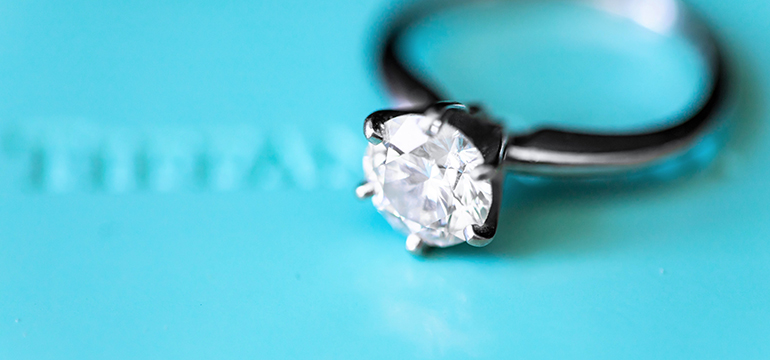
Over the past 2 years, the manufacture of "CVD diamond" or "Chemical Vapor Deposition" has exploded worldwide. This new process is entirely laboratory-based. This method is rapidly establishing itself on the world jewelry market, thanks to its price and "green" marketing. Laboratory diamonds are preferred to synthetic diamonds.
At the beginning, this technique was developed in the 1950s to meet the demands of the industrial and high-tech sectors. Thanks to its physical properties, mainly hardness, i.e. the highest degree reached on the Mosch scale, synthetic diamond powder is useful for drilling, sawing and various fields .... according to Diamond Spot.
The objective is to reproduce colorless and colored diamonds in the laboratory. They have the same properties as those formed in natural deposits. As a result, man-made stones become very lucrative for mining companies. To the naked eye, there is no distinction between synthetic and natural diamonds. So much so that the industry has been able to sell them on the market for about 4 years before the discovery of CVD techniques.
It should be noted that other techniques for producing or improving purity exist. Just as colored diamonds are extremely rare to find, they are becoming an issue for their mass production.
First, the magazine Futura Sciences titled in June 2018 "the giant DE BEERS, shakes up the jewelry market." Marketed by the company Lightbox Jewelry, based in the United States, synthetic diamonds are sold at € 800 per carat in 2019. The manufacturing techniques and prices are listed on their website.
Then, in 2015, the Russian company New Diamond Technology announced that it had successfully produced a synthetic diamond of 5.11 carats, had announced Marie Chabrol, in her blog the gemologist.
As a result, many mining companies are now involved in the manufacture of synthetic diamonds. They test various processes at the same time to obtain larger diamonds with perfect purity. They also sell with certificates that include the 4 C's or grading criteria (Clarity, Color, Cut, Carat) as for natural diamonds.
I-Diamands clarifies what terminology is allowed by ISO Standard 18323: "synthetic diamond", "laboratory-grown diamond" and "laboratory-created diamond". And its definition is clear: synthetic diamonds are "an artificial product that has the same chemical composition, crystal structure, and physical properties as diamond".
In France,the 2002 decree on the trade of gemstones clarifies the terminology to be used.
First, the use of the term "diamond" alone implies that it is natural. Secondly, the law requires the seller to indicate whether the gems are "reconstituted, composite, synthetic, artificial or imitation".
Maty offers its customers a transparent choice: natural and "synthetic" diamonds with a distinctive green logo boasting "innovation, inspired by nature".
Indeed, only the person who wears it could know the origin of his diamond and for the new generation what does it matter?
Communication revolves around some "green" or "clean" manufacturing. In addition to affordability, the industry plans to increase production of synthetic diamonds to 3 to 4 million carats, compared to 150 million carats for natural diamonds, according to the 02/14/2019 FOCUS.
Conclusion
The lack of transparency between natural and synthetic diamonds can be seen in the second-hand market.
Who will be able to make the distinction? In theory, synthetic diamonds bear the signature of the manufacturer for diamonds over 2 carats! In practice, the market has already seen synthetic diamonds replace synthetic ones. "Synthetic diamonds are shaking up the traditional industry" is the title of the article by Dominique CHAPUIS in the Echos of April 2018.
The diamond price is reserved for professionals who agree not to distribute it to the general public. Since the Covid crisis, the market for precious metals and natural diamonds is on the rise again. Exceptional diamonds are once again an attractive financial investment.
Consult experts and independent gemmological laboratories to find out the value of your jewelry!



